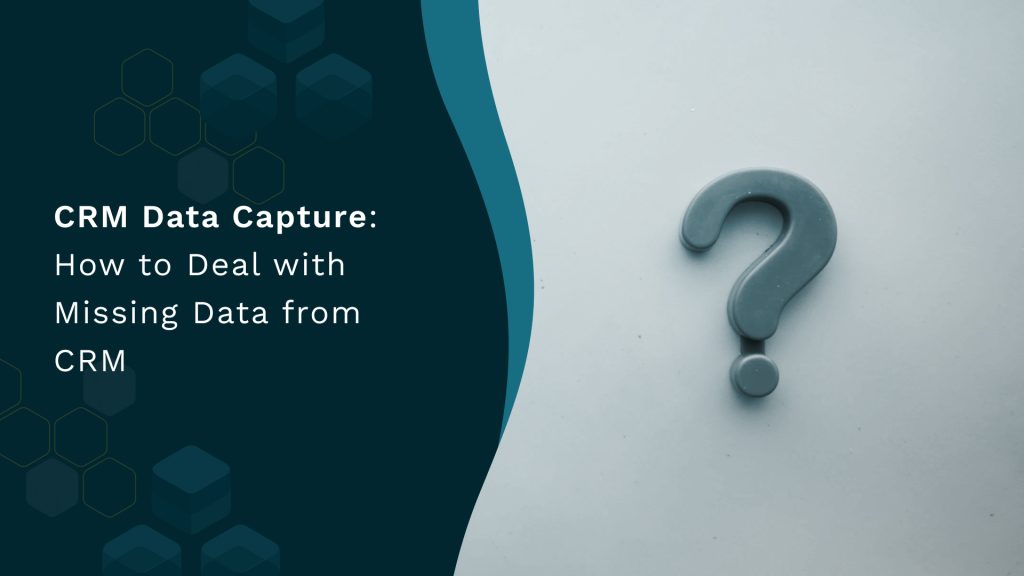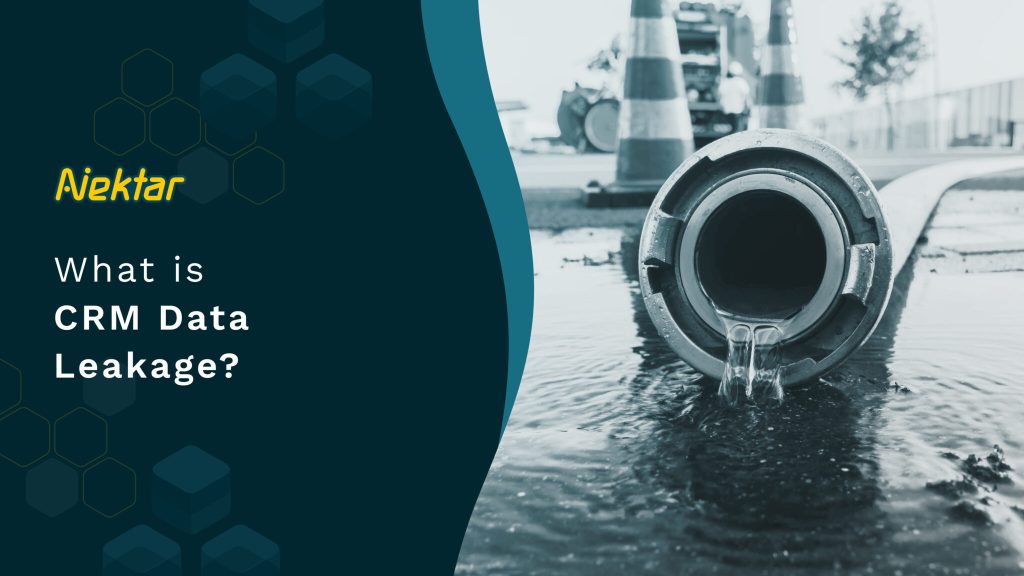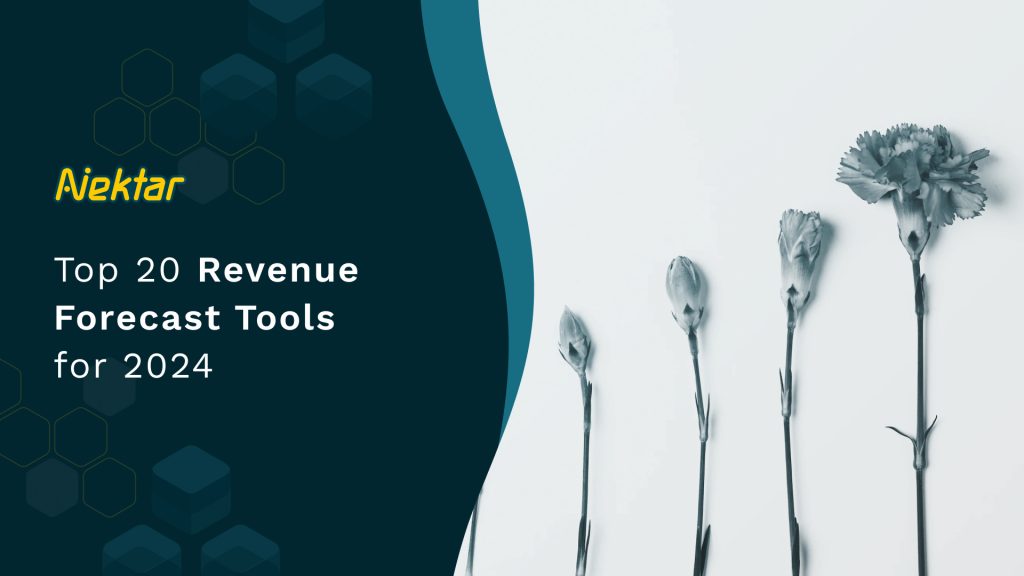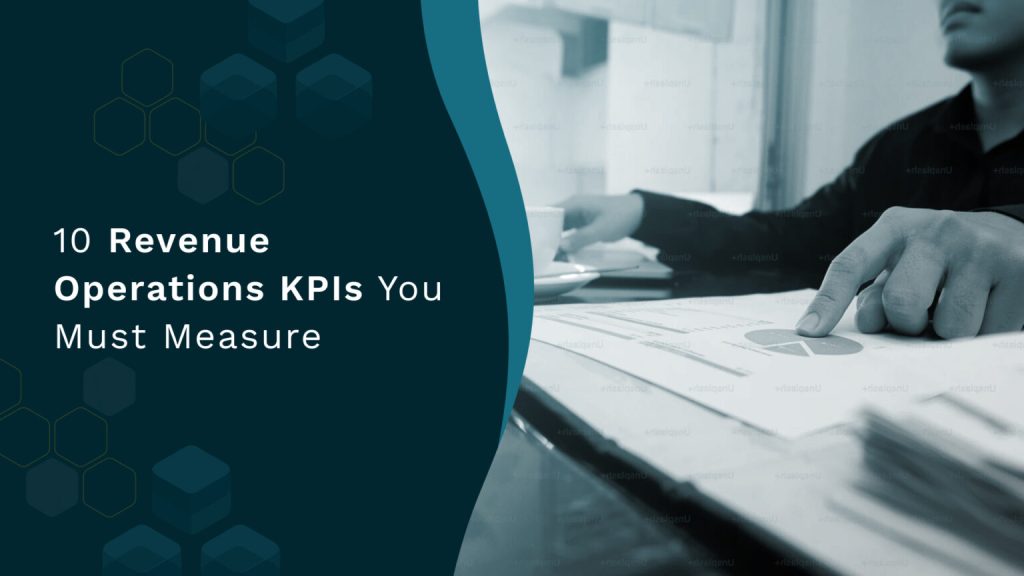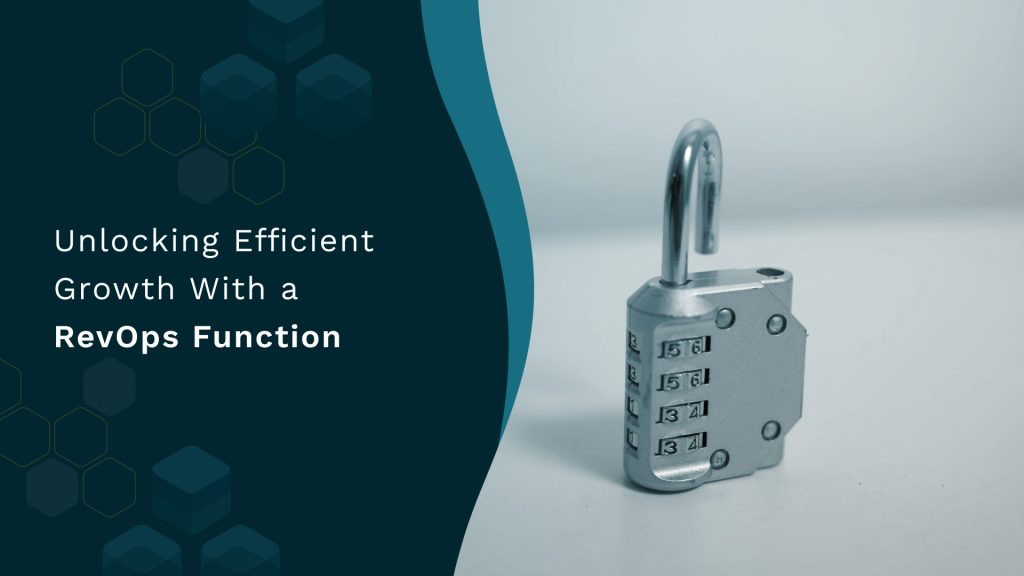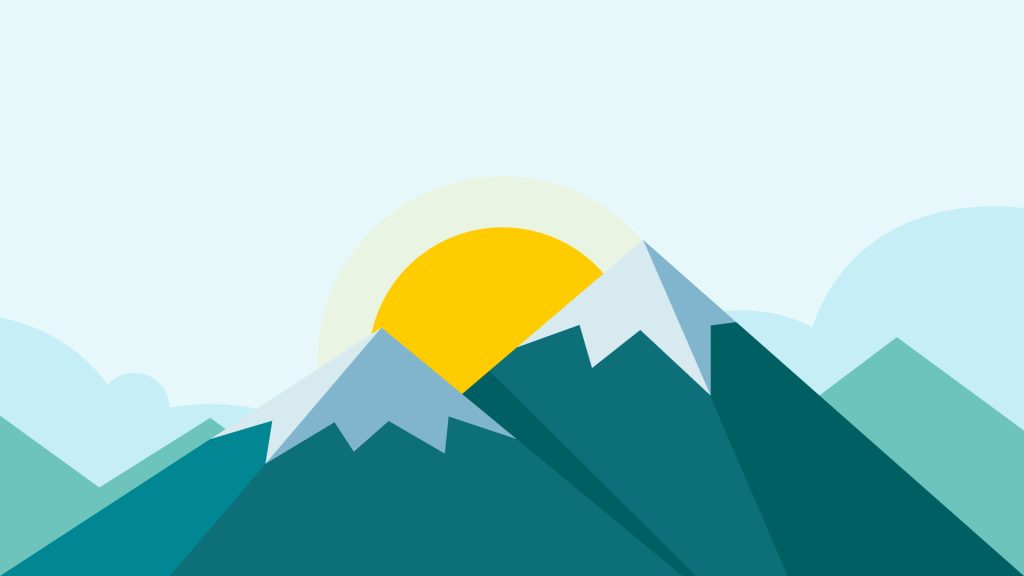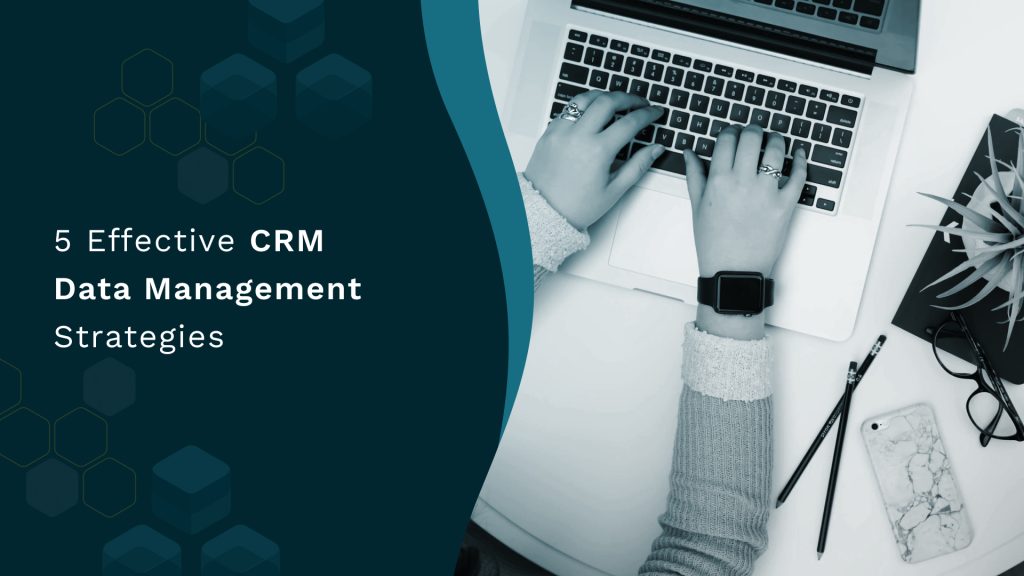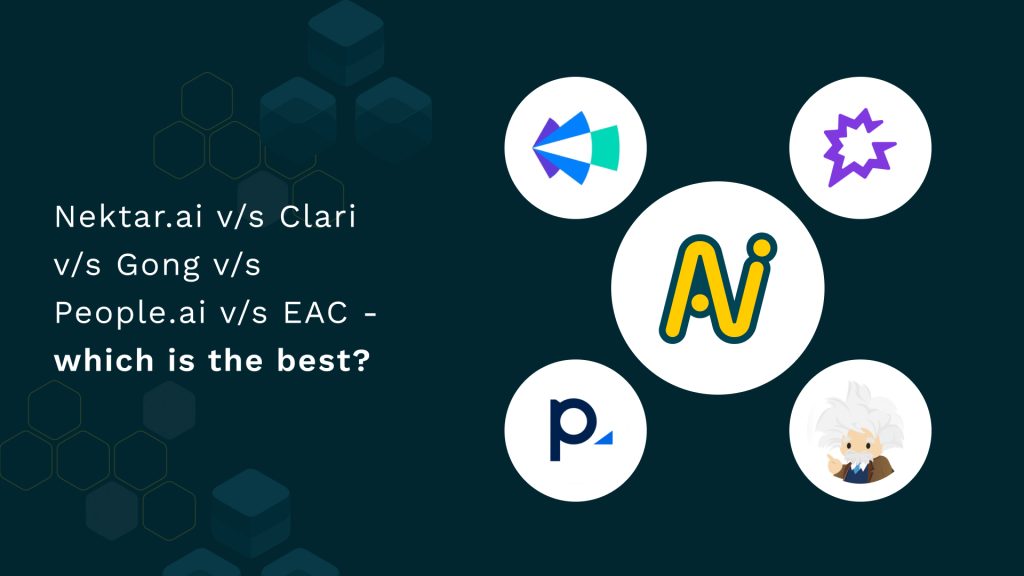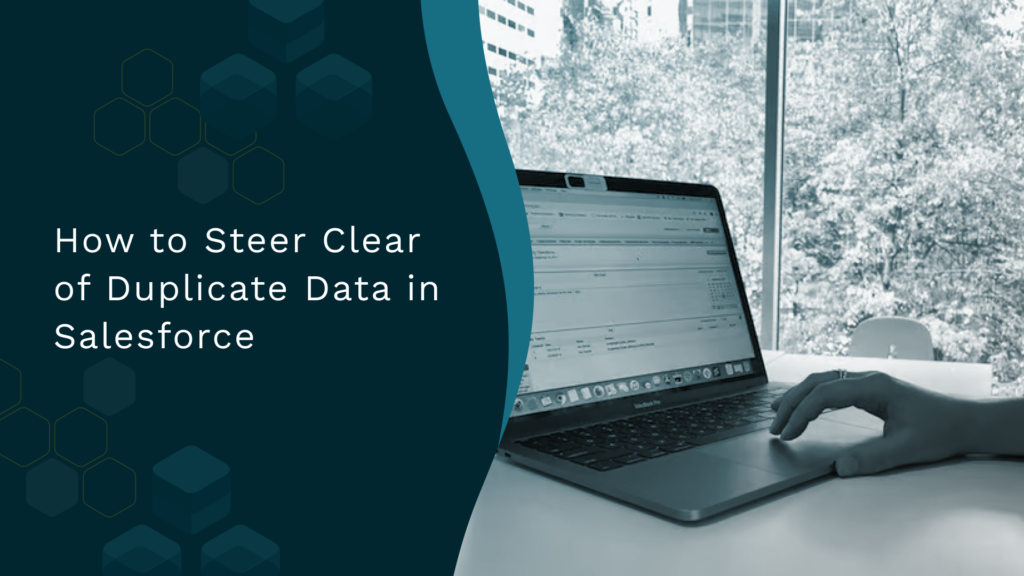Watch Out for These 8 Types of Dirty Data in Your CRM in 2025
Watch Out for These 8 Types of Dirty Data in Your CRM in 2024 RevOps 10 min One of the most significant sources of business cost is dirty data – a towering $13 million on average, per year. And it’s not just the financial impact. With dirty data, your reps have difficulty tracking the lead’s source. They lose precious time and face the brunt of lower productivity. Not only this, it also causes resource disruptions, failed communication (both internal and external), and wasted marketing expenditures. In contrast, high-quality data is key to a solid revenue operations function. Accessible and relevant data can help leaders gain timely and actionable insights, streamline processes, and make informed business decisions. Since dirty data has a devastating influence on business – a sobering understatement – it’s critical to understand what it is, how it affects business, and how you can deal with it. What is Dirty Data? While data is essential to every organization, not all of it adds value to your business. One bad apple that ruins the whole marketing and sales basket is dirty data. As much as 74% of organizations admit they need to improve data management to avoid competitive and financial disadvantages. In essence, dirty data is inaccurate information that disrupts a company’s database and impacts key functions like GTM, segmentation, personalization, lead scoring, prospecting, and ideal customer profile planning, among others. The result? Poor business decisions, inefficiencies, missed opportunities, and reputational damage. And that’s not it. Poor data quality hits organizations where it hurts the most – on average, $15 million per year in losses. Dirty data enters the CRM mainly through manual data recording, human error, poor inter-departmental coordination, or third-party integrations. To guarantee that every lead touchpoint is exceptional, you need to understand different types of dirty data and how to clean it. Types of Dirty Data in your CRM While dirty data comes in many forms, we’ve clubbed them under 8 categories. Let’s take a look below. 1. Duplicate Data Duplicate data is the most common type of dirty data. Repetitive leads, accounts, and contacts are just a few data points unintentionally shared with other records in the CRM. Although carbon copy duplicates are the simplest to identify and remove, partial duplicates – which are occasionally the result of human error – cause more significant issues. Duplicate data can lead to skewed analysis, inefficient workflows, overloaded storage systems, inaccurate data recovery, ineffective personalization, and repetitive customer communication. For instance, each account receives or expects a tailored interaction when it comes to ABM. If you have the same prospect listed three times in your database and repeatedly send them the same email, the prospect may feel that your campaign is automated and not personalized. It only frustrates the prospect, lowering the chances of conversion. How to clean Duplicate Data? In the current scenario, where businesses deal with enormous amounts of data daily, manual data cleansing is insufficient. Besides, manual cleaning doesn’t always get rid of partial duplicates. Invest in an automation platform that detects and cleans up data and merges or deletes duplicates. Additionally, it can sort and integrate duplicate data using criteria unique to your company. 2. Insecure Data Driven by data expansion, security regulations have transformed the marketing landscape. In parallel, significant privacy issues have disrupted consumer-firm relationships, prompting changes in both regulatory interventions and people’s privacy-protective behaviours. Important privacy and data security laws, such as GDPR and CCPA, are now in place. Data that is non-compliant with these laws, or insecure data, can attract steep financial penalties. For instance, a user may have previously provided their data without consenting to your data sharing and privacy policy. This kind of insecure data can result in serious repercussions. Today’s business environment is growing more and more consumer-focused, and digital consent, opt-ins, and privacy notifications are becoming the new standard. Being compliant with these rules becomes practically impossible without good CRM hygiene. And let’s not forget the negative impact on brand reputation. Giants like Amazon and WhatsApp have already paid hefty fines totalling more than $800 million and $270 million, respectively, for alleged GDPR non-compliance while battling public criticism. How to clean Insecure Data? Having a clean database can directly contribute to complying with data privacy laws. Best practices to clean insecure data include deleting unusable and insecure records from your CRM, merging duplicates for more up-to-date information, consolidating your data stack and automating the lead-to-account linking process, and hosting your CRM on legally compliant cloud software. 3. Outdated Data Would an old report from five years ago help your business make intelligent decisions? Data that seems significant today might no longer be relevant tomorrow. Analytics based on outdated data is like traveling with the wrong GPS Data only to drive over a ledge. Consider this. A website user fills out a form to get your resource. They turn into a prospect during the following months and interact with your company more, subscribing to newsletters and responding to emails. However, your CRM isn’t updated with this information. Therefore, the content you provide them is still geared toward a fresh lead rather than one already being nurtured. It limits their ability to proceed further down the funnel toward becoming customers. Other reasons for outdated data could be job changes, organizational reorganizations or mergers, and antiquated software systems that can’t keep up with the rapid rate of technological advancement. How to clean Outdated Data? The best way to get rid of outdated data is to purge and cleanse data before migrating it or integrating new systems. Another thing is to determine the critical period for your business. Delete any data in the system from before. While manual cleansing can take days or weeks, automation can finish this task for you in a matter of hours. So, switch to an automated tool. 4. Incomplete Data If a record is missing essential elements to process the incoming data before sales and marketing take action, it’s considered incomplete. Data gaps make the job of sales reps significantly harder. Unfortunately, incomplete data issues are pretty
